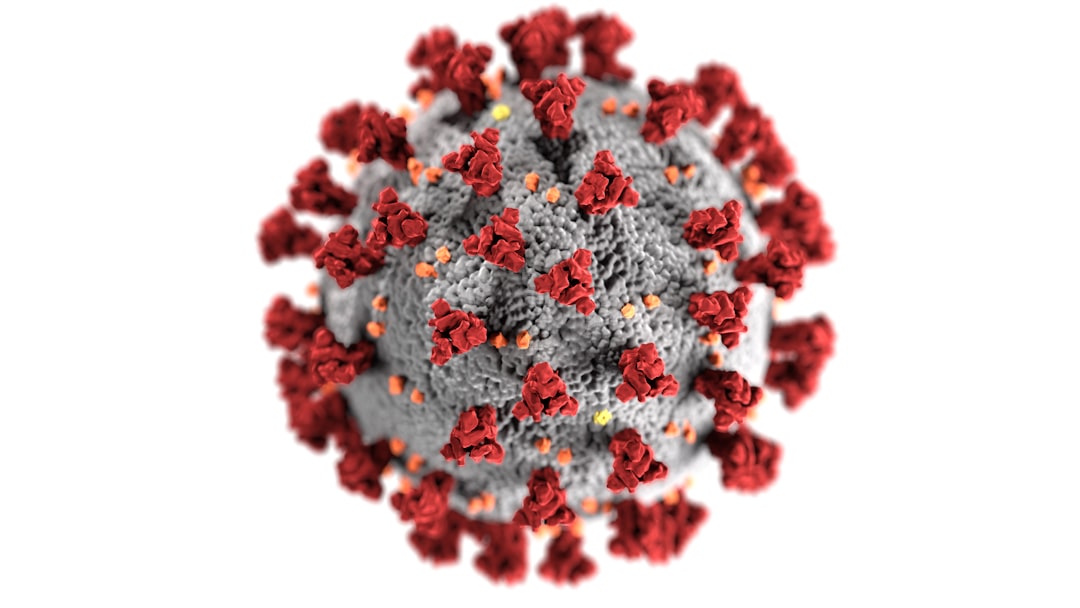What is it about?
In laser inertial confinement fusion, high-precision X-ray imaging diagnostic equipment or technology has become the key to deeply understand the implosion process and to quantitatively invert the parameters of implosion. We proposed an X-ray microscopic imaging optical configuration with high spatial resolution and high collection efficiency. Relevant techniques, meet the requirements of small-scale and high-precision microscopic imaging, and play an important role in the fields of inertial confinement fusion diagnosis, synchronous radiation, astronomical observation, and so on.
Featured Image

Photo by Josh Riemer on Unsplash
Why is it important?
Traditional imaging diagnostic devices such as pinhole cameras and Kirkpatrick-Baez (KB) microscopes are limited by spatial resolution and systematic collection efficiency. It is difficult to provide sufficient imaging contrast and signal-to-noise ratio when facing the needs of ultra-fast time-resolved diagnosis of implosion process. The proposed optical configuration is expected to improve the above shortcomings, improve the image acquisition capability under extreme material conditions, and promote the progress of X-ray optical techniques.
Perspectives
Based on grazing-incidence reflection optical configuration, we further improve the performance of X-ray microimaging, while meeting the requirements of modern ultra-precision optical processing techniques. This is of great significance for promoting related techniques.
Yaran Li
Shanghai Institute of Technical Physics, Chinese Academy of Sciences
Read the Original
This page is a summary of: Basic principles and optical system design of 17.48 keV high-throughput modified Wolter x-ray microscope, Review of Scientific Instruments, September 2022, American Institute of Physics,
DOI: 10.1063/5.0105015.
You can read the full text:
Contributors
The following have contributed to this page










